
Climate friendly gardening
There are plenty of ways you can take action against climate change in your own backyard or local greenspace.
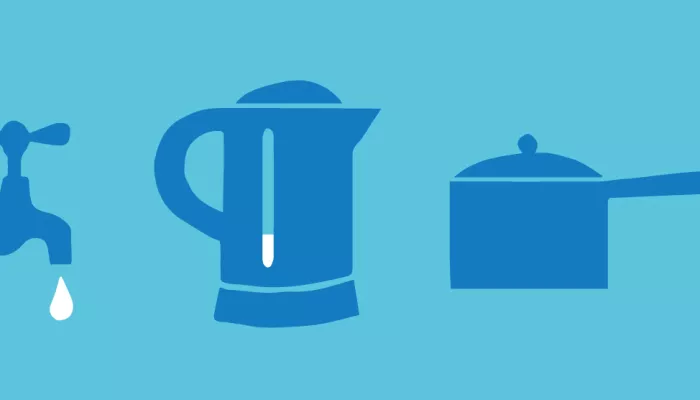
If we all do our part in saving precious water supplies, we can make a huge difference for the environment.
The average person uses around 140 litres of water a day. But huge water deficits are on track to occur by the 2080s - so we need to start cutting down.
Water conservation means using water wisely and not contributing to unnecessary wastage.
Waiting for the tap to run cold can waste 10 litres of tap water a day!
More useful tips and in-depth information can be found on the WaterWise website.
Check in with your water company as some offer discounts on water saving equipment, like water butts!


There are plenty of ways you can take action against climate change in your own backyard or local greenspace.
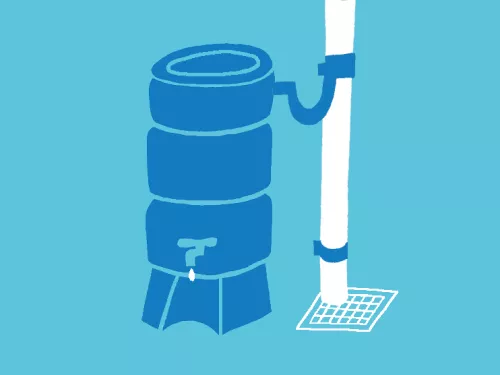
Water butts lower the risks of local flooding and will reduce water bills by conserving the water you already have. They're great for watering the garden, refilling the pond - or even washing the car!
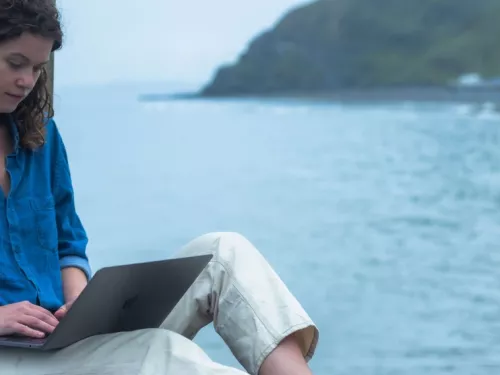
Sending letters 'to the Editor' of local newspapers is another great way to speak up for wildife.
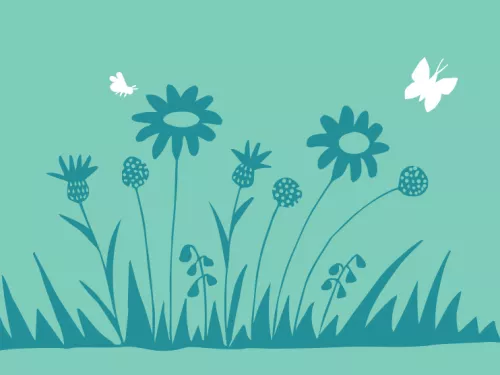
Whether it's a flowerpot, flowerbed, wild patch in your lawn, or entire meadow, planting wildflowers provides vital resources to support a wide range of insects that couldn't survive in urban areas otherwise. It is also a great way of avoiding tools such…
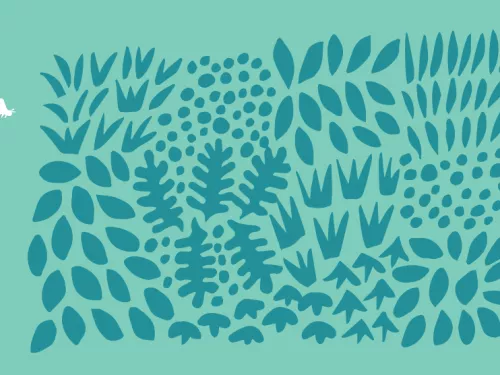
Gardening doesn’t need to be restricted to the ground - bring your walls to life for wildlife! Many types of plants will thrive in a green wall, from herbs and fruit to grasses and ferns.

Our homes and gardens have an important role in the fight against climate change. Help preserve vital peatland by going peat free.